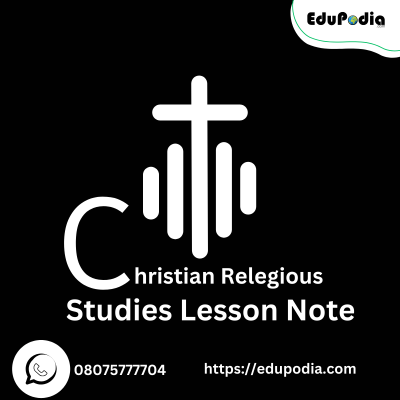Description
These lesson notes cover the following topics for SS2 First, Second and Third Term Food and Nutrition:
FIRST TERM
TOPICS
1 Meat cookery; types of meat from different animals, nutritive value of meat, methods of cooking meat, types and cuts of meat, meaning of offals
2 Poultry cookery; types of poultry, nutritive value of poultry, factors to consider when choosing poultry and its preparation for cooking, methods of cooking poultry
3 Practical on meat and poultry
4 Eggs; identification of different types of eggs, nutritive value of eggs, factors to consider when choosing eggs and test for freshness, uses of eggs in cookery
5 milk and milk products; definition and types of milk, types of milk product, uses of milk
6 Practical on eggs and milk
7 Sea foods; types of fish in local and sea water, nutritive value of fish, classes of sea foods, methods of cooking
8 Practical on sea foods
9 Condiments and seasoning; types of herbs and spices, local herbs, local spices, foreign spices, uses of herbs and spices in cookery
10 Foods flavourings and colouring; types, uses in food cookery
11 Revision
12 Examination.
SECOND TERM
TOPICS
1 Revision of last term’s work
2 Kitchen equipment and utensils: identification and types of Kitchen equipment and utensils, uses, care and storage of equipment
3 Labour saving devices: uses and factors to consider when choosing labour saving devices, care and maintenance
4 & 5 Time and energy management in food preparation: definition of Time and energy management, tasks that required Time and energy management e.g. cake baking, bread, yam pounding e.t.c. guidelines on Time and energy management, identification of Time and energy management devices
6 Flour mixtures: types of flour in cookery e.g. whole wheat, all purpose, instanding flour e.t.c., properties and composition of flour, examples of foods produced from these flour types.
7 Raising agents: air, baking powder, yeast, palm wine, steam e.t.c. properties and composition
8 Practical on flour mixtures – cake baking, pastry, dough e.t.c.
9 Flours from local food stuffs in cookery e.g. cassava flour, soybean flour, corn flour e.t.c.
10 Practical work on local flour mixtures (composite flour)
11 Special nutritional needs: infants and children, adolescents, adults and the aged, pregnant and lactating mothers.
12 & 13 Revision and examination.
THIRD TERM
TOPICS
1 Convenience foods: meaning of Convenience foods, types and uses, advantages and disadvantages, factors to consider when choosing convenience foods
2 Preservation of foods: meaning/reasons for preserving foods, causes of food spoilage, classification of foods according to moisture content i.e. perishable, semi-perishable and non-perishable.
3 Methods of preserving foods: drying, low temperature/high temperature, uses of chemicals, canning and bottling, fermentation, smoking e.t.c.
4 Storage of foods: meaning, types, post harvest storage, storage of prepared foods at home, methods of post harvest storage
5 Storage of roots and tubers: methods e.g. barns, pit storage, modern methods of storing yams and tubers, storage of legumes, fruits and vegetables, home storage of food stuffs.
6 Practical on storage and preservation of foods: drying, smoking, salting
7 Practical on bottling of fruits and vegetables e.g. onions, pineapple, mango (jam making)
8 & 9 Consumer education: principles of Consumer education, consumer agents, how to gather information about Consumer education, government agencies, their regulations and functions, community programmes, consumer practices e.g. adulteration, misbrandment, falsification.
10 Budgeting: important terms, e.g. income, needs and expenditure, factors that affects budgeting, bulk purchasing, importance of buying foods in bulk, meaning of shopping list, factors to consider when budgeting for food
11 & 12 Revision and Examination
Scroll up and click on the “order now” button to download Complete First to Third Term SS2 Food and Nutrition Lesson Note




Reviews
There are no reviews yet.